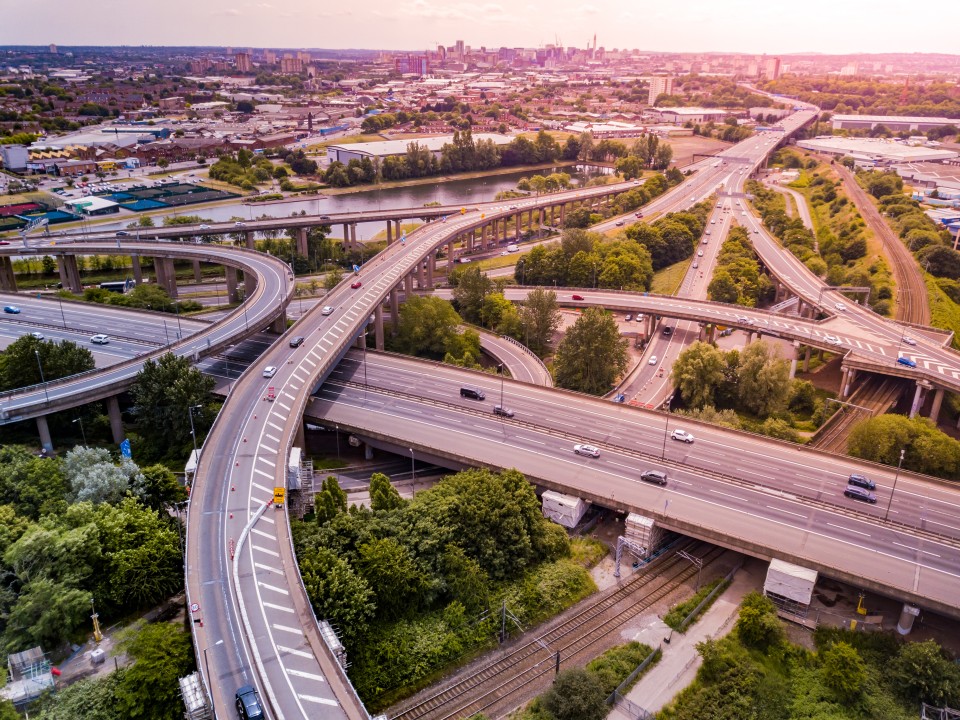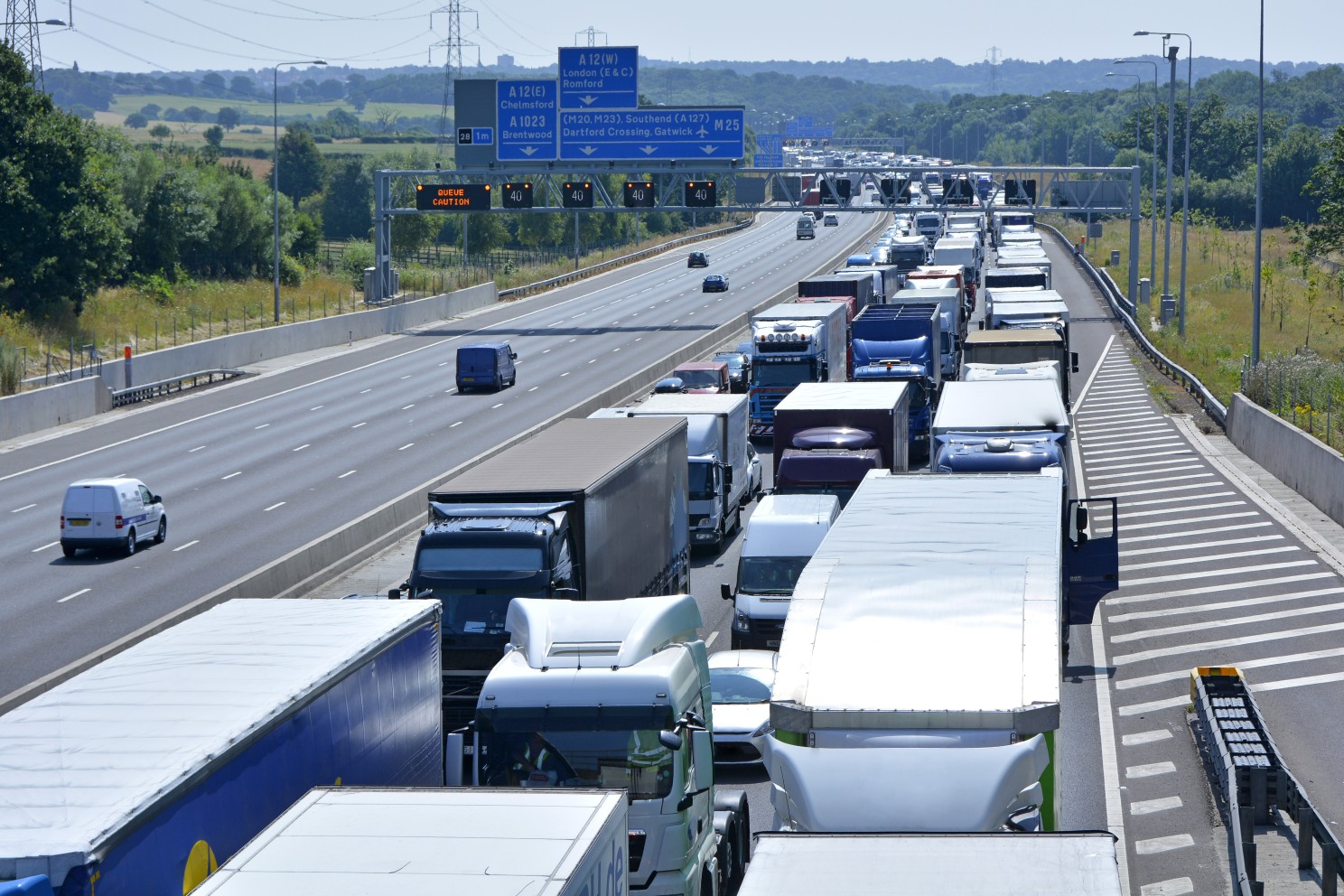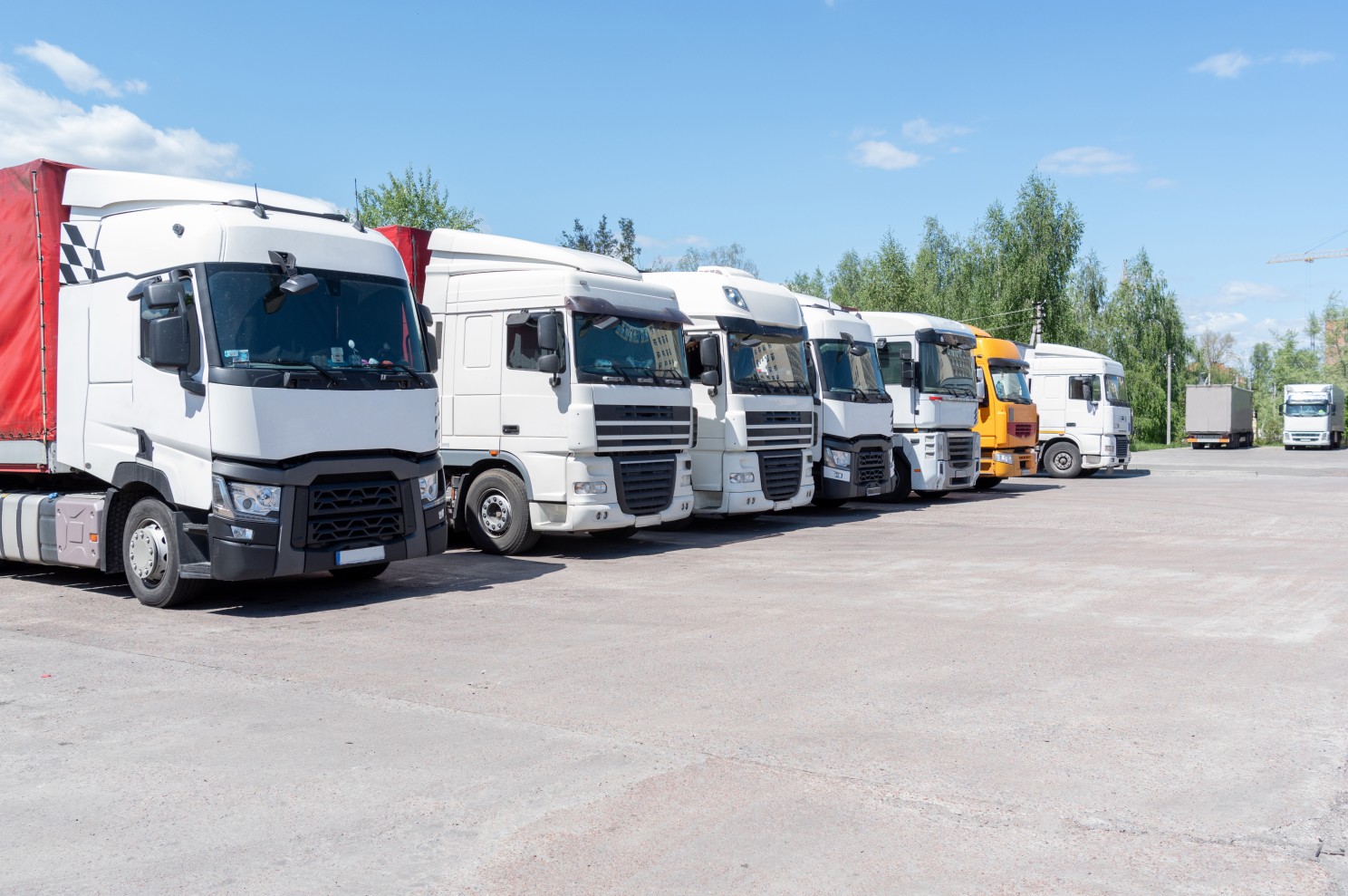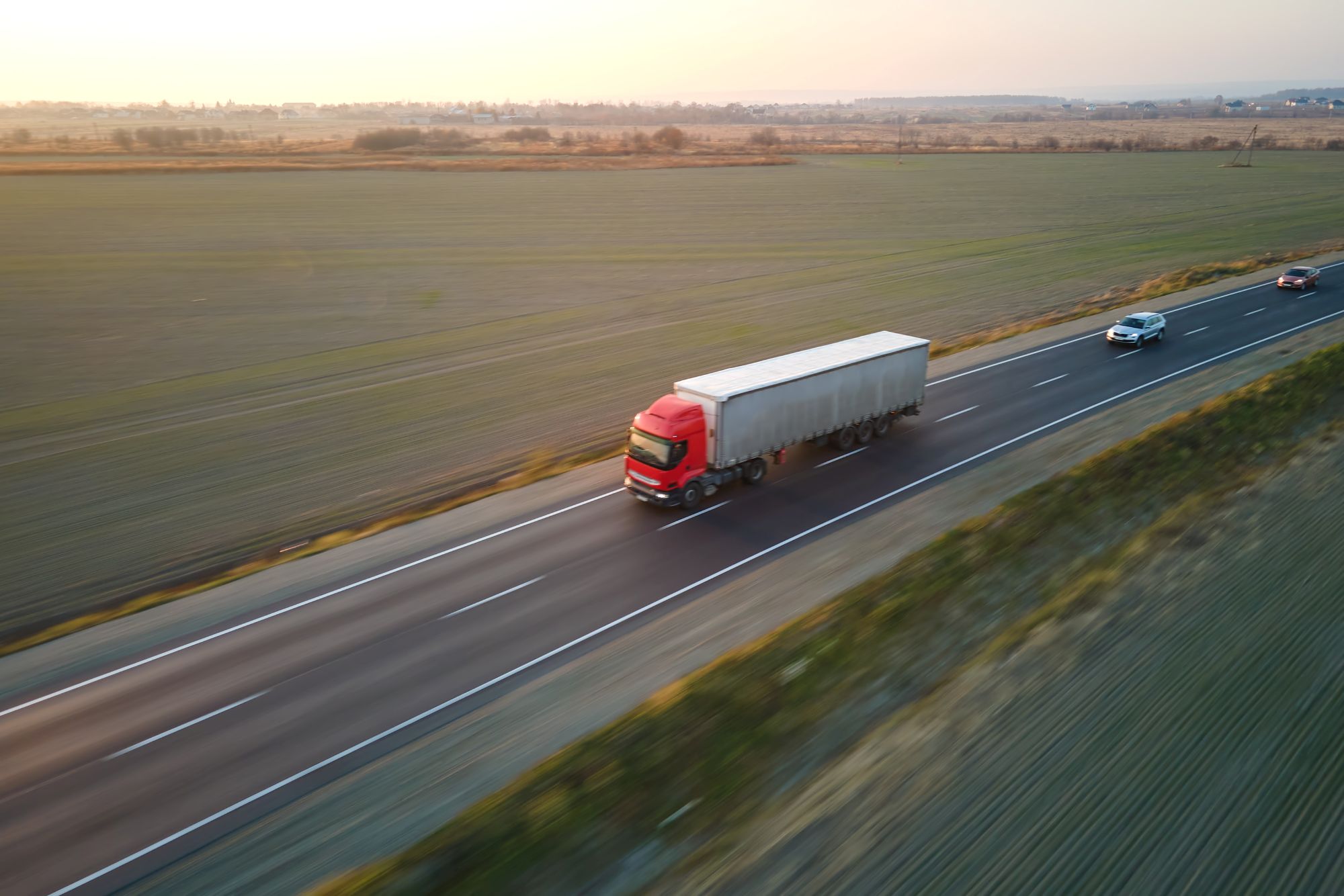
Susie Jones
Северна мрежа: Как ще се възползват от нея шофьорите на камиони?
Създаден: 12.08.2024
•
Актуализирано: 12.08.2024
В началото на октомври правителството обяви плана си да се откаже от HS2 и да пренасочи финансирането към подобряване на транспортната инфраструктура на страната - проект, известен като Network North. Проектът ще осигури 36 млрд. паунда за подобряване на основни пътища, които са се превърнали в ябълка на раздора за шофьорите. Съобщението изненада мнозина, но какво означава то за шофьорите на камиони, които безкрайно пътуват по тези пътища?
Съществуващи схеми за подобряване на пътищата
Правителството ще увеличи финансирането на повечето съществуващи схеми за основни пътища и големи местни пътища. Тези схеми ще бъдат финансирани от 85 % до 100 %, за да се гарантира тяхното изпълнение. Списък на схемите за подобряване на пътищата е достъпен на gov.co.uk. Допълнителното финансиране на тези схеми ще подобри ефективността на пътищата в цялата страна.
Схеми за стратегическа пътна мрежа
Стратегическите схеми на пътната мрежа имат за цел да намалят задръстванията и да осигурят по-безпроблемни пътувания за тези, които често използват пътищата. Това е добре дошло за шофьорите на камиони, за които престоят в задръствания се е превърнал в норма.

Северът
15-ти пътен възел на М6 - Като един от най-натоварените пътни участъци в Обединеното кралство, по който се движат над 127 000 превозни средства на ден, той отдавна страда от големи задръствания и непредсказуемо време за пътуване. Тесните завои на пътното платно се оказват предизвикателство за шофьорите на камиони - причиняват преобръщания и увеличават закъсненията на трафика. Обещаните промени трябва да намалят задръстванията и да подобрят безопасността на кръстовището.
Два проекта в северозападния квадрант на Манчестър - По M60 ежедневно пътуват 180,00 пътници и шофьори на дълги разстояния. Проектите в Северозападния квадрант ще имат за цел да заобиколят J12-J18 и да преустроят кръстовища 12, 13 и 14. Други допълнения, като свързващ път към А57 и подобрения на капацитета на кръстовища 9, 10, 17 и 18, ще подобрят задръстванията и времето за пътуване.
А1 между Морпет и Елингъм - 12,8-километровата отсечка е измъчвана от забавяния на строителството още от момента на предлагането ѝ. Въпреки това проектът Network North има за цел да даде старт на развитието чрез разширяване на пътния участък - подобряване на времето за пътуване, безопасността и устойчивостта.
Midlands
А5 между Хинкли и Тамуърт - Въпреки че все още не са публикувани допълнителни подробности, предполага се, че облекчаването на задръстванията ще заема важно място в плановете им.
Подобрения на коридора A50/A500 между Стоук и Дерби - Със средна скорост в час пик под 20 мили в час, този маршрут се оказа бавен и ненадежден за шофьорите на камиони и пътуващите. Схемата на Network North вероятно ще:
Създаване на 17 760 нови работни места до 2061 г.
Наблюдавайте увеличение на населението в района с 21 538 до 2061 г.
Вижте увеличение на БДС (брутната добавена стойност) с 12,04 млрд. паунда през следващите 60 години.
Югоизток
- A2 Brenley Corner - Известно като най-натовареното кръстовище в Кент, Network North обещава да инвестира в този район - фантастична новина за шофьорите на камиони, пътуващи към Дувър. Предстои да бъдат публикувани допълнителни подробности относно плановете за развитие. Плановете за подобряване на Бренли Корнер обаче се обсъждат от 2021 г. насам.
Шотландия
- Подобрения на A75 между Гретна и Странрер - A57 има остра нужда от прокарване на дуал, тъй като в момента шофьорите на камиони са ограничени до 40 мили в час, което води до задръствания и големи закъснения. Тъй като това е важна фериботна връзка между Северна Ирландия и Великобритания, водачите на камиони, които използват тази връзка, ще имат голяма полза от проекта.

Подобрената пътна инфраструктура ще намали задръстванията, като спести на шофьорите на камиони ценно време и разходи за гориво, което ще допринесе за по-бързи доставки. Схемата Network North има за цел да подобри живота на шофьорите на камиони и на другите участници в движението, като повиши безопасността и ефективността.
Колко души издържат изпита си за тежкотоварни автомобили от първия път?
Според доклад на Statista в периода 2007-2021 г. средният процент на успешно издържалите практическия изпит за тежкотоварни автомобили е бил около 50%. Данните от gov.co.uk показват, че през 2022-2023 г. 75,9% от мъжете в Обединеното кралство са издържали изпита си за LGV в сравнение със 75,9% от жените, които са го издържали.
Стресиращо ли е шофирането на камион?
Както при всяка професия, някои аспекти са стресиращи. Дългите часове далеч от близките могат да предизвикат самота и изолация сред много шофьори. Освен това шофирането на камион понякога е работа под високо напрежение - с кратки срокове за доставка и придвижване при непредсказуеми метеорологични условия.



